Welcome
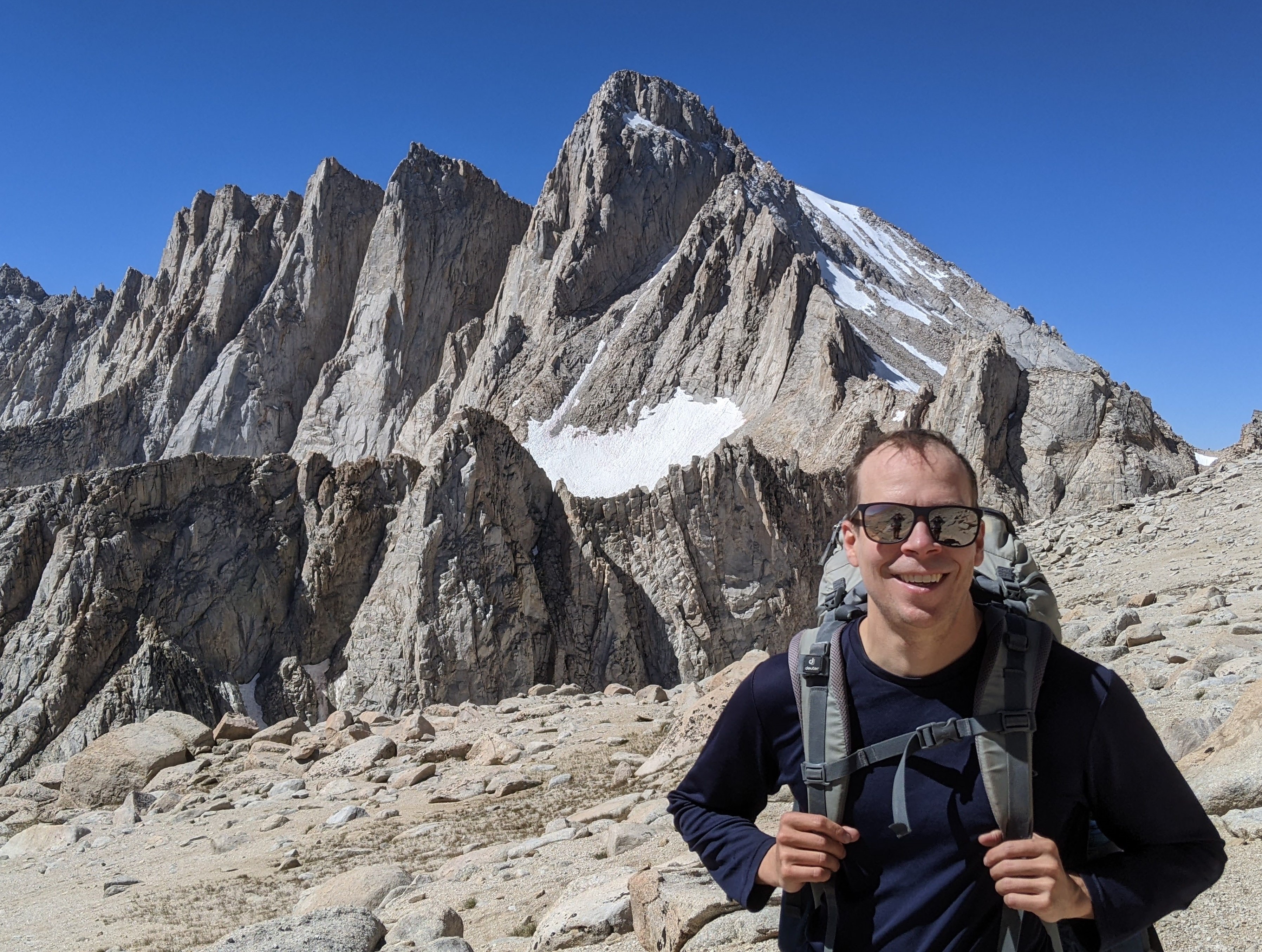
Hello and welcome to my webpage! I'm a professor of theoretical astrophysics at the California Institute of Technology. My research covers a broad array of topics, ranging from Saturn's moons to massive stars that explode as supernovae or collapse into black holes! As a graduate student, I studied tidal interactions in merging white dwarf systems, heartbeat stars (oscillating stars in eccentric binary systems), and compact triple star systems. More recently, I have studied the evolution of massive stars just before supernova, the neutron stars and black holes that they produce, asteroseismology and magnetic fields inside of red giants, pulsations of tidally distroted stars, the deep interior of Saturn as revealed by its rings, and the long term orbital evolution of exoplanets and moons.
My Group
My group includes undergrads, grad students, and postdocs from around the world.
Current Members

Nicholas Rui
Nicholas is a fifth-year grad student studying asteroseismology, stellar mergers, and magnetic fields inside of stars.

Peter Scherbak
Peter Scherbak is a fifth-year grad student studying binary white dwarfs, common envelope interactions, and binary mass transfer processes.

Xiaoshan Huang
Xiaoshan is a Burke Fellow who studies explosive transients, tidal disruption events, and galactic outflows using radiation hydrodynamics simulations.

Daichi Tsuna
Daichi is a Burke Fellow who studies massive stars, pre-supernova outbursts, and supernovae using analytics and numerical simulations.
Former Students

Samantha Wu
Samantha Wu graduated in 2024 and moved on to be a CTAC postdoctoral fellow at Carnegie Observatories.

Linhao Ma
Linhao Ma graduated in 2024 and moved on to be a Spitzer Fellow at Princeton University.
Research Topics
My group is currently working on projects involving everything from exoplanets to supergiant stars to black holes. Specific topics include:
- The physics of mass transfer in binary stars, using hydrodynamical mass transfer simulations.
- Detecting magnetic field in white dwarfs using asteroseismology, and determining the origin of these magnetic fields.
- The coupled evolution of planetary structure, the tidal migration of their moons, and structure/volcanism of the moons.
- The excitation of oscillation modes in giant planets such as Saturn and Uranus, and our ability to detect these oscillations with future missions.
- Pulsations of tidally distorted stars, how we can use data to infer the mode geometry and perform asteroseismic analysis.
- The dynamics of convection and shock waves in red supergiants, how this drives mass loss, and how it affects the supernovae they produce at the end of their lives.
Mass Transfer
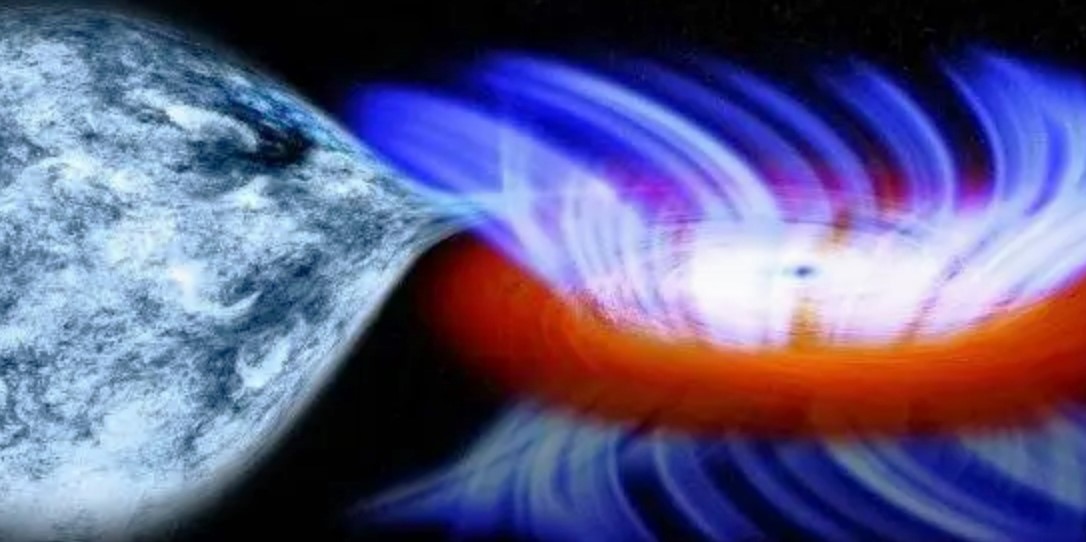
As they evolve, binary stars can transfer mass to one another or merge to form a single star. We are performing hydrodynamic simulations to determine the outcome after phases of intense mass transfer.
Red Supergiants
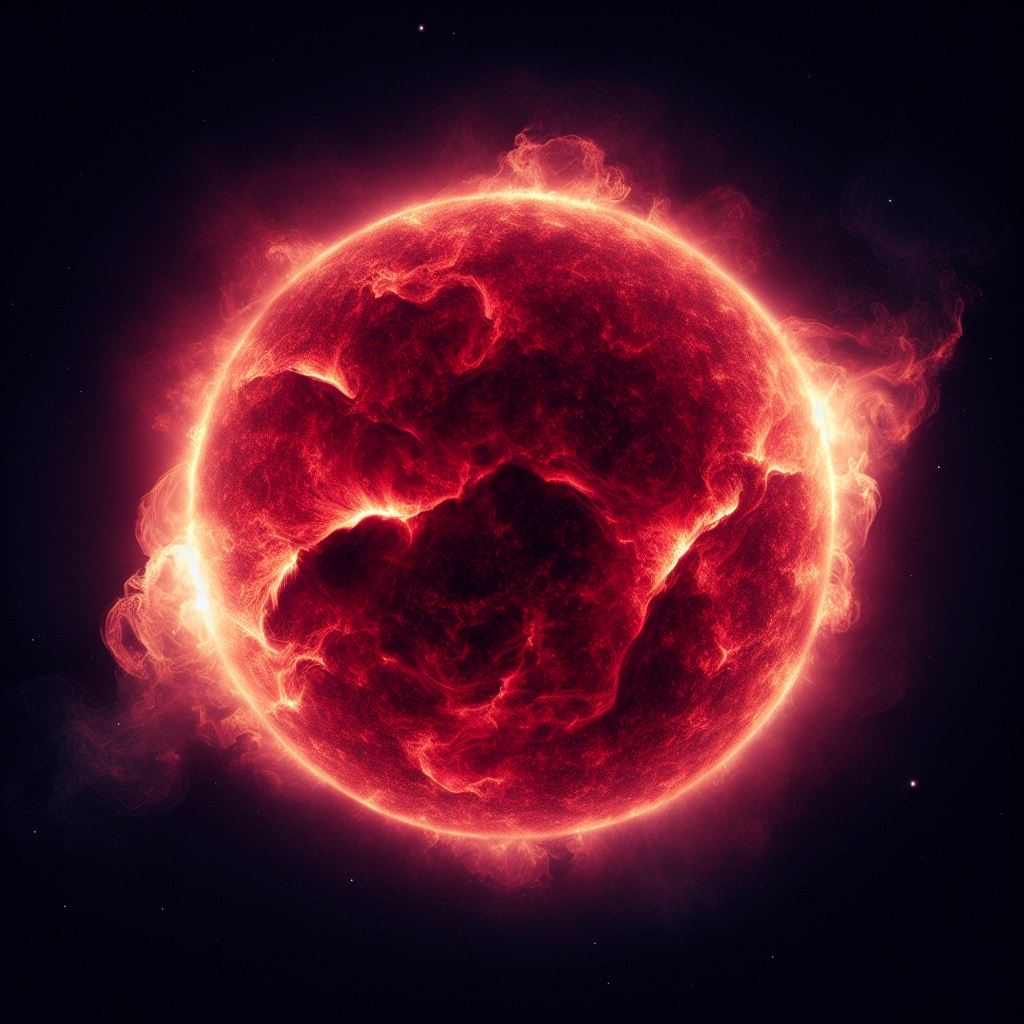
Red supergiants like Betelgeuse are the biggest stars in the galaxy, with radii up to a thousand times larger than the Sun. Shock waves generated their vigorous convection help drive mass off their surfaces, affecting their evolution and what we see when these stars explode.
Triaxial Stellar Pulsations
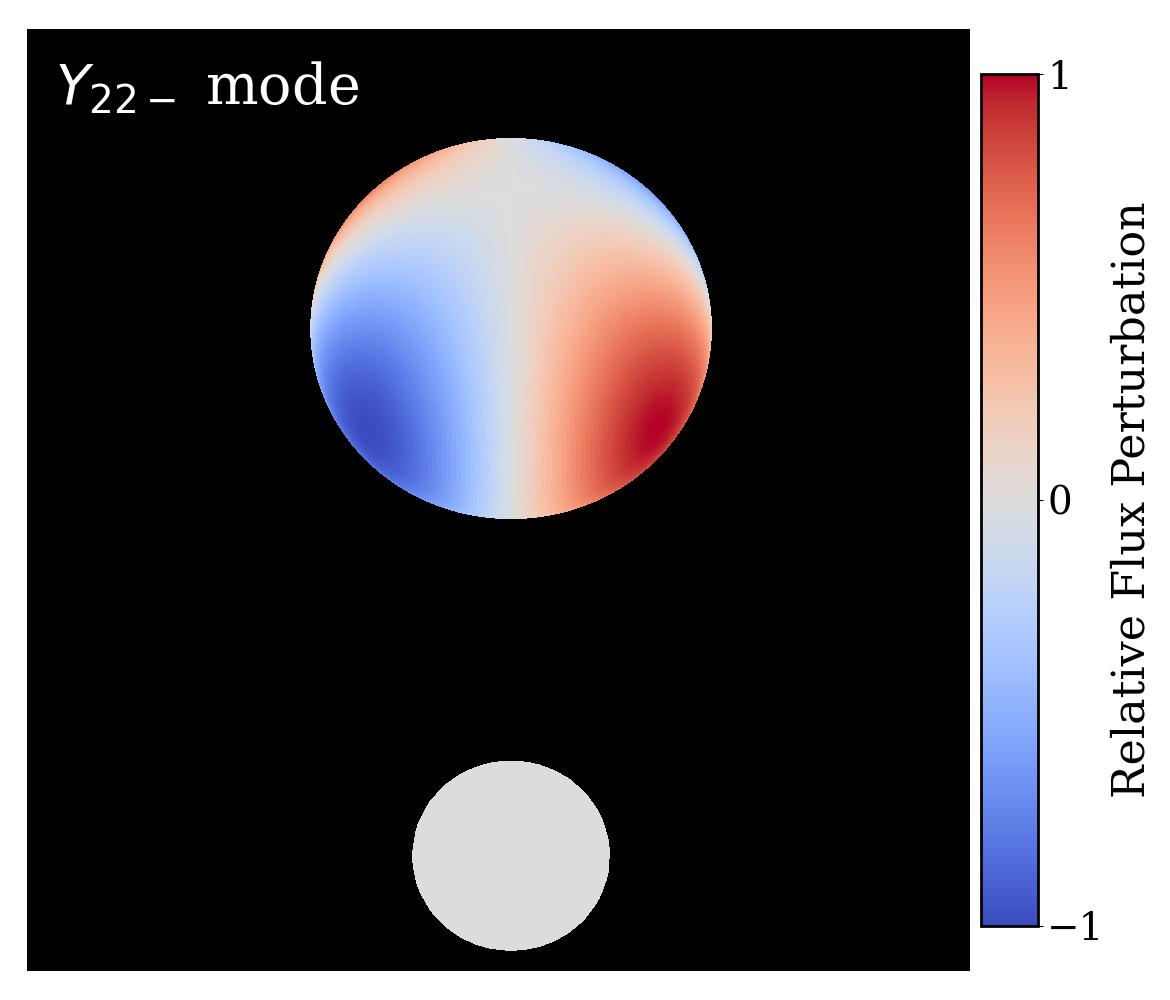
What happens to stars that pulsate if they are distorted by the gravity of a companion star? The star's shape becomes a triaxial ellipsoid, and the pulsations align with one of the three principal axes of the star.
Saturn Ring Seismology

What is inside of Saturn? We don't know! But there are some clues are hidden within Saturn's rings. The rings can be used as a seismograph, allowing us to detect "Saturn quakes", which can help us learn what lies deep within the planet's interior.
Pre-Supernova Outbursts
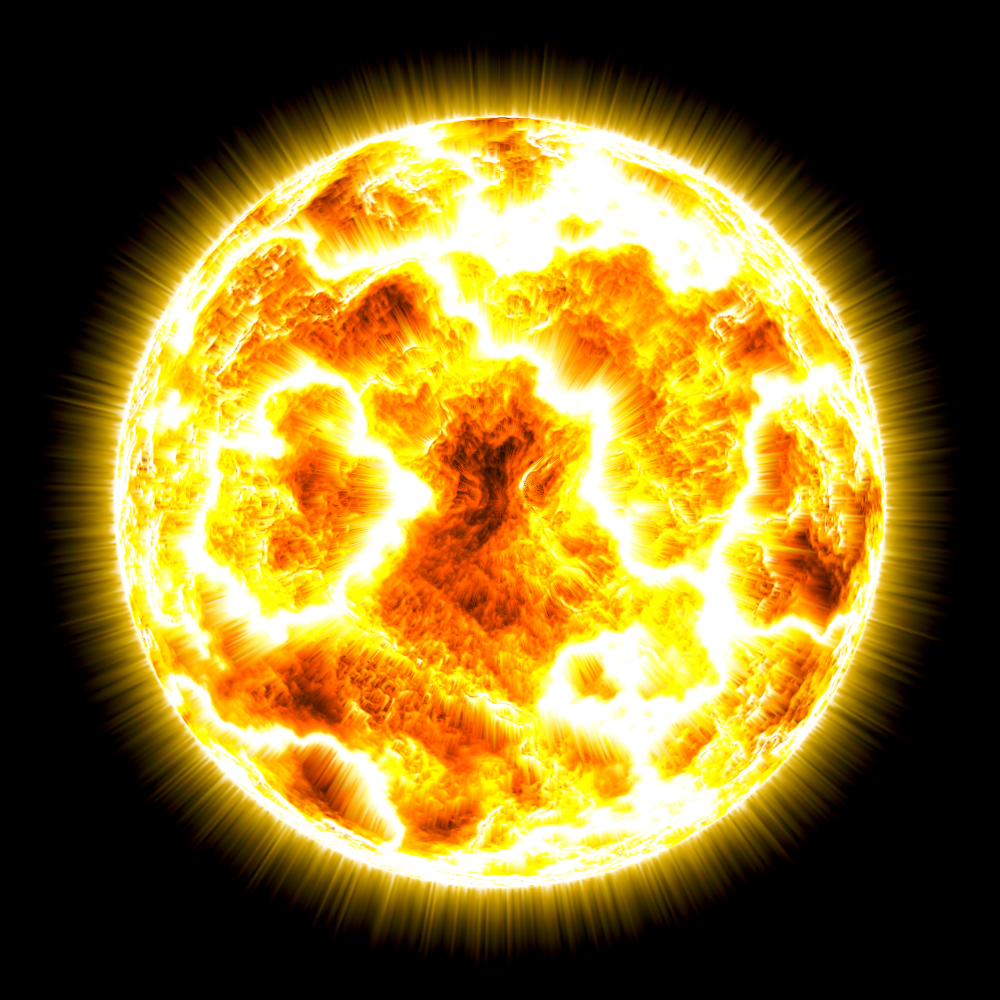
Stars more than ten times the mass of the Sun explode as supernovae when they end their lives. My group's research suggests that some of these stars may undergo violent outbursts in the last several years of their lives, giving us a warning sign that they are about to explode. If we can identify these warning signs, we will be able to observe supernovae in much greater detail.
Migration Exoplanets and Planetary Moons
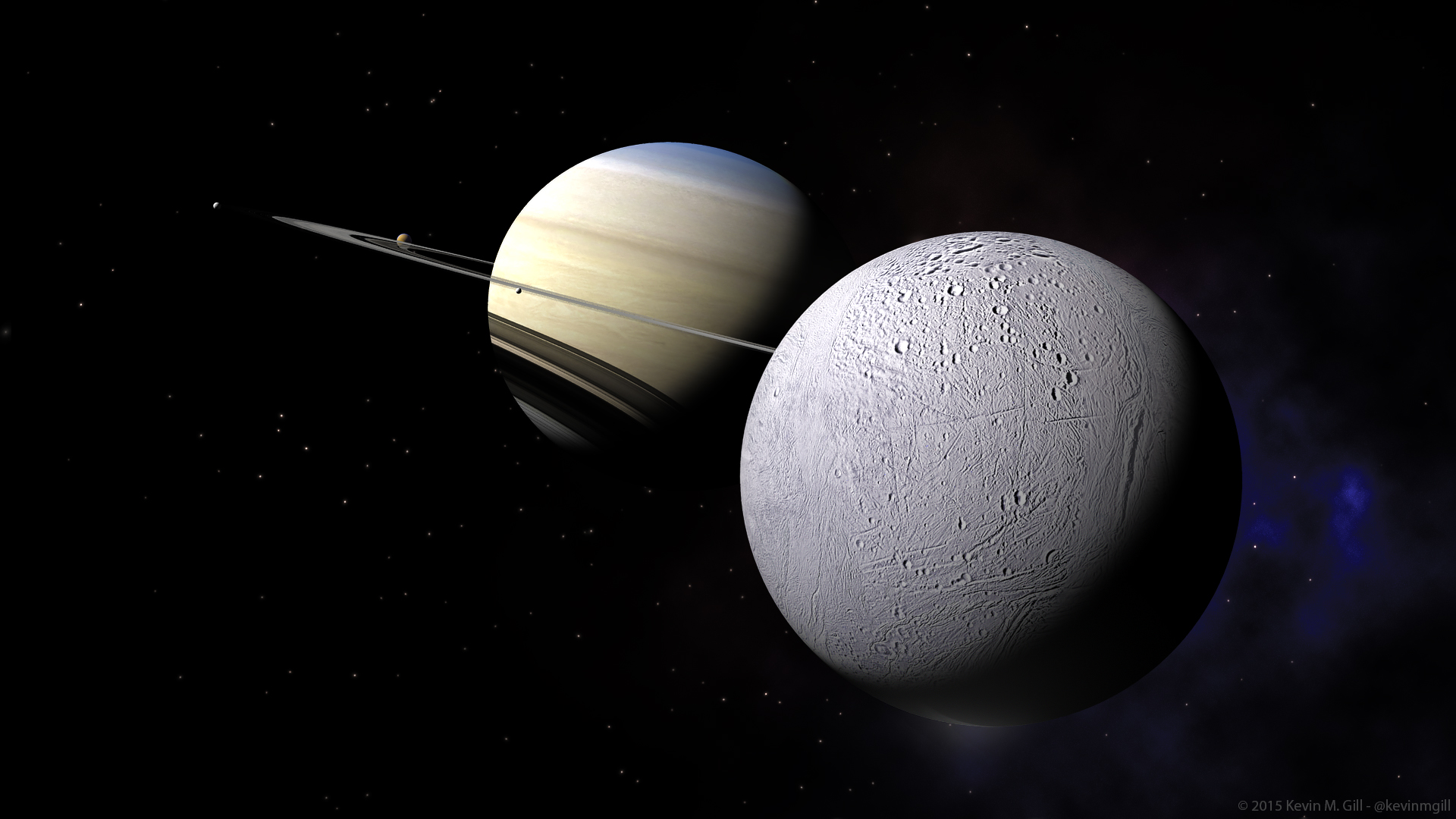
Jupiter and Saturn's rapid rotation slowly pushes their moons outward via tidal effects, which also leads to tidal heating of the moons. Recent measurements show the moons migrate faster and are heated more than expected, which is likely explained by a process called resonance locking.
Finding Stellar Mergers

Some stars merger with a companion star, forming a new star with an unusual structure. Asteroseismic measurements can uncover these merger remnants, if you know what to look for.
Merging White Dwarfs
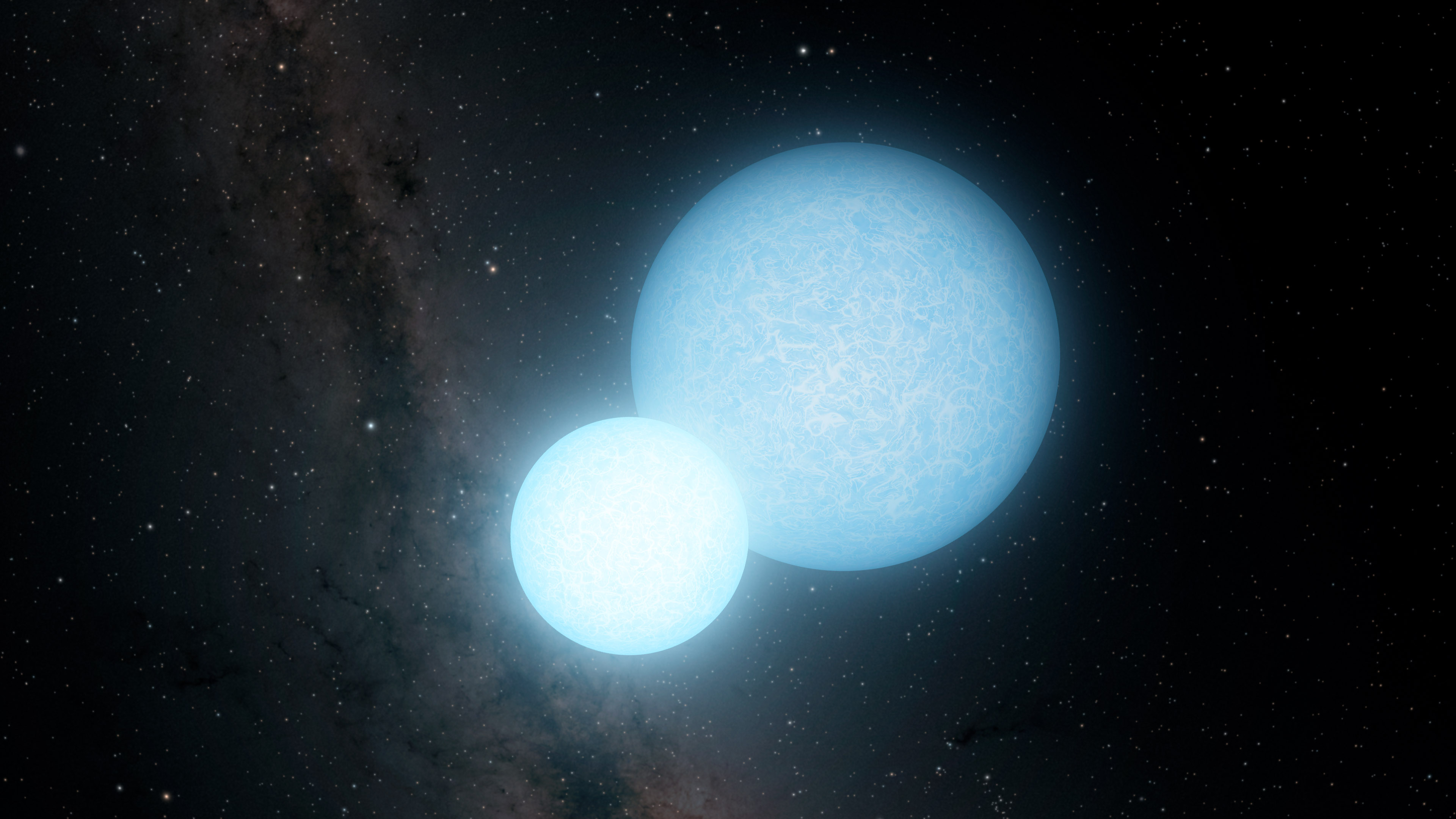
White dwarfs with short orbital periods will emit gravitational waves, causing the orbit to decay until the white dwarfs merge. I study the interactions between the stars before they merge. What happens after the white dwarfs merge? A type Ia supernova? A helium burning supergiant? A heavier white dwarf? Probably all of the above!
Black Hole and Neutron Star Spin
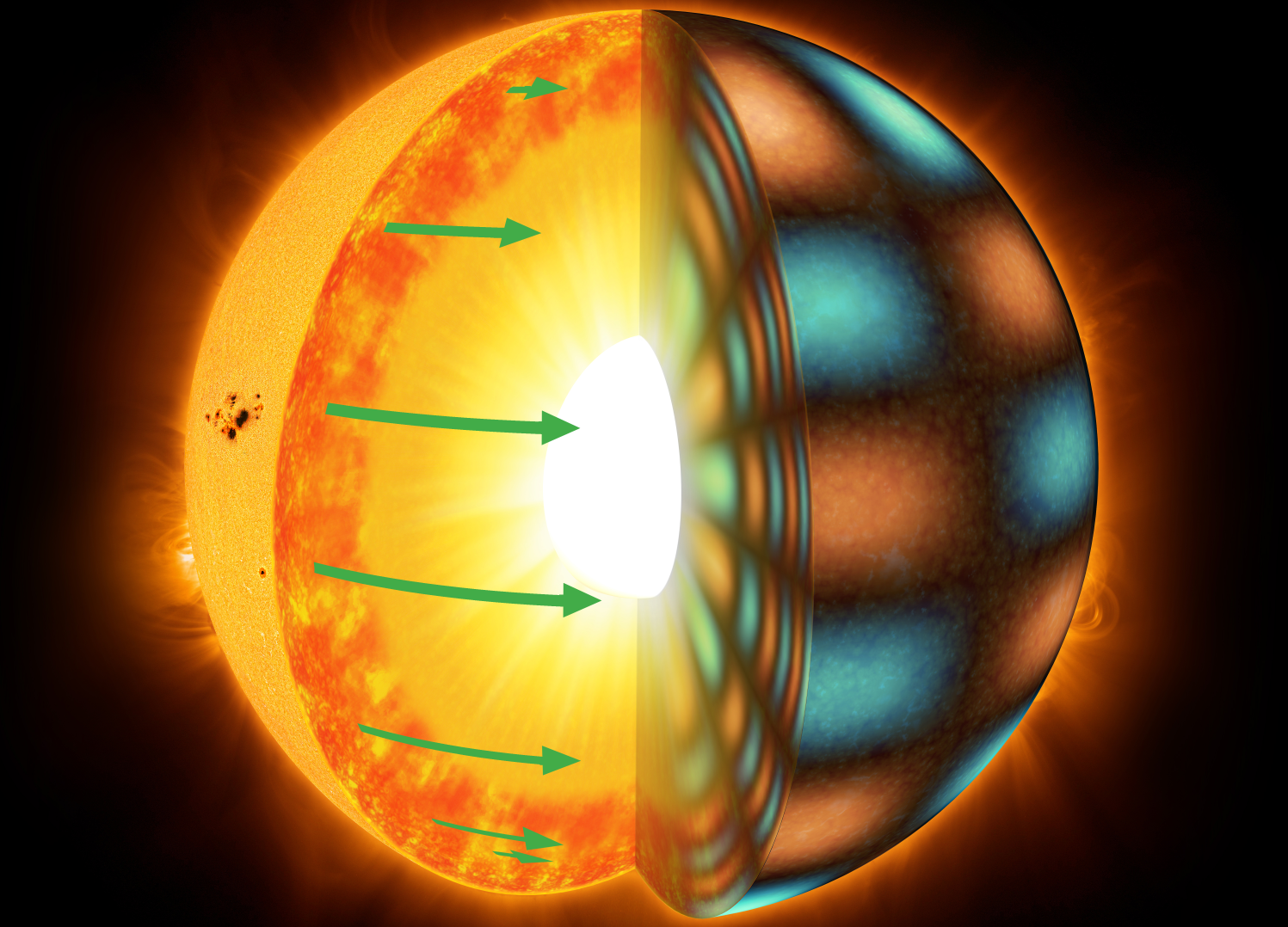
As the cores of stars contract during their lifetime, the inner layers may begin to rotate faster than the outer layers, with crucial consequences for the spins of neutron stars and black holes. I've been studying the processes in stars that redistribute angular momentum to determine the birth spin rates of compact objects.
Heartbeat Stars
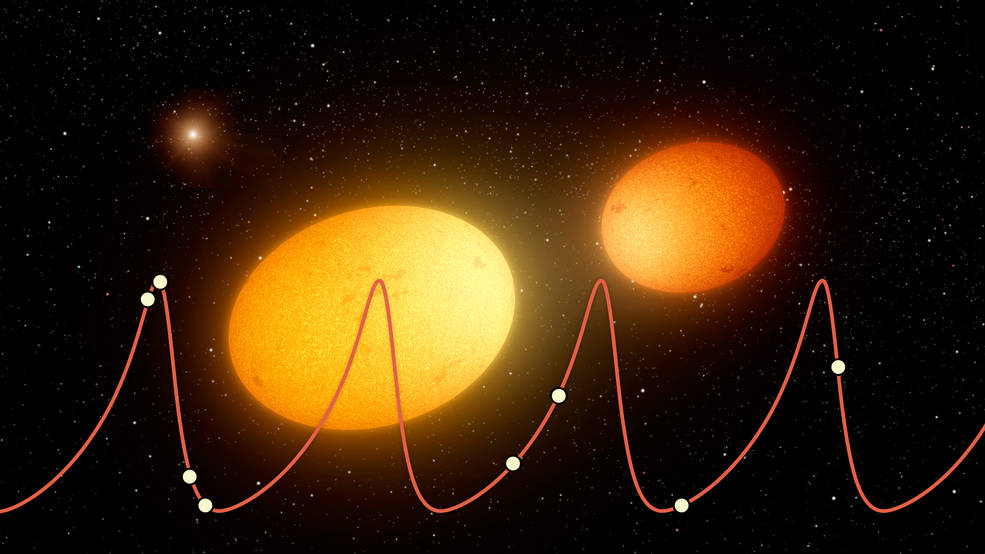
Heartbeat are eccentric short-period binary stars. The characteristic "heartbeat'' signal (resembling an EKG diagram) in their light curves is produced by a combination of tidal distortion, reflection, and Doppler boosting near orbital periastron. Hearbeat stars are a great chance to directly observe tidal effects in action!
The Magnetic Greenhouse Effect
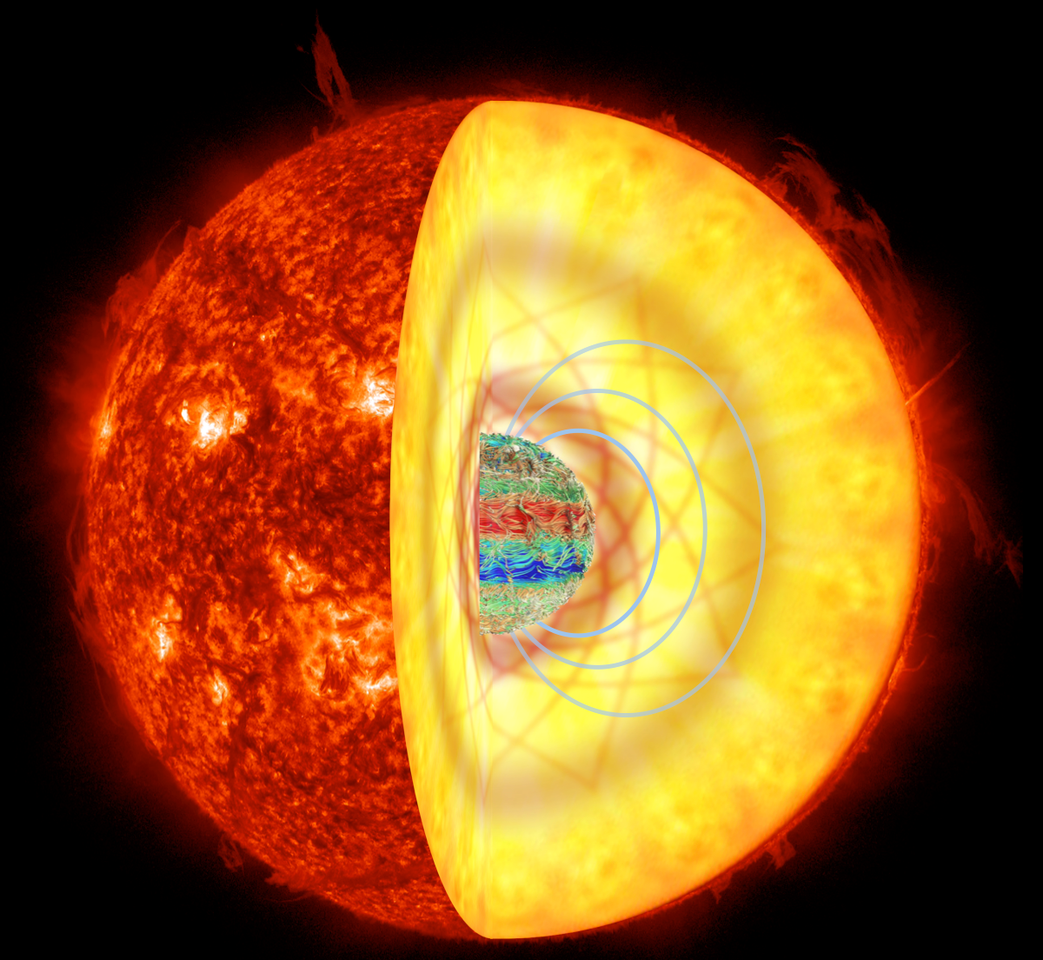
Asteroseismology allows us to peer into the hearts of stars, often yielding surprises! In red giant stars, we have learned how to detect powerful magnetic fields buried within the stars' central cores, providing the first ever measurements of magnetic fields in the deep interiors of stars.
Undergraduate Research
I enjoy working with motivated undergrads, however I only have time to mentor one or two at a time. If you are a non-Caltech student interested in doing an undergraduate research project with me, please send me an email with the subject heading "Undergraduate research project". I usually look for summer undergraduates in February, and likely won't be able to respond until then.